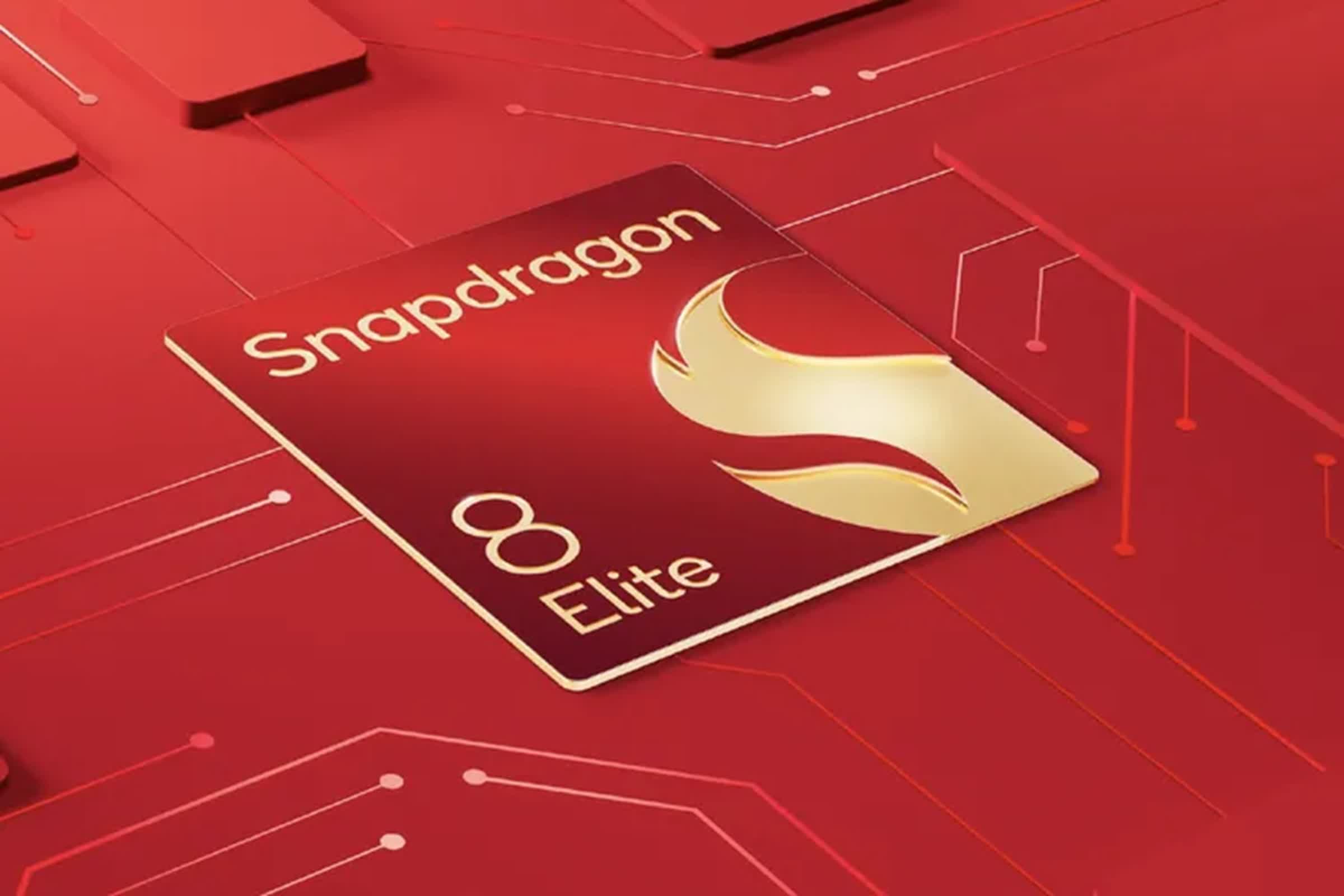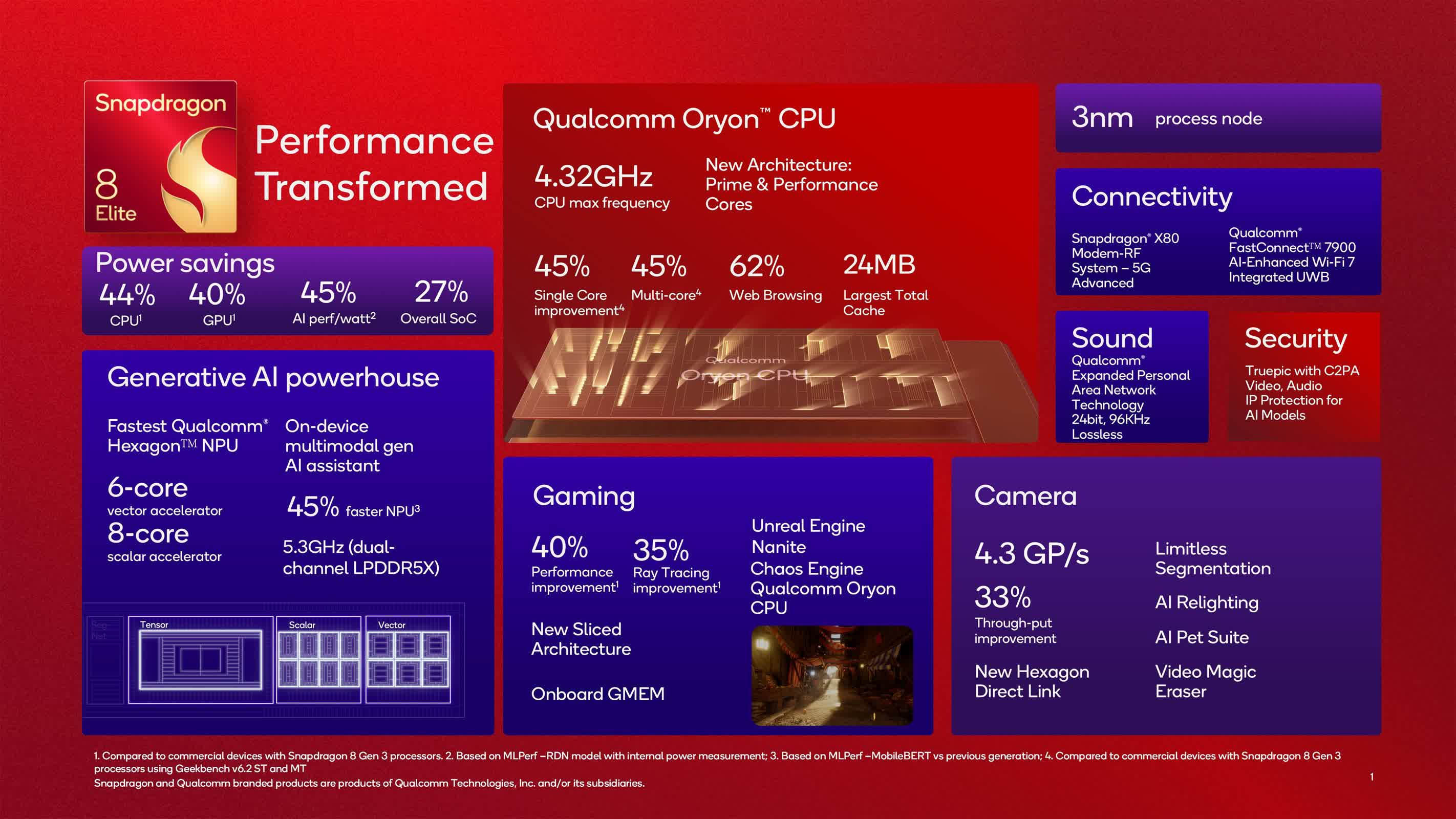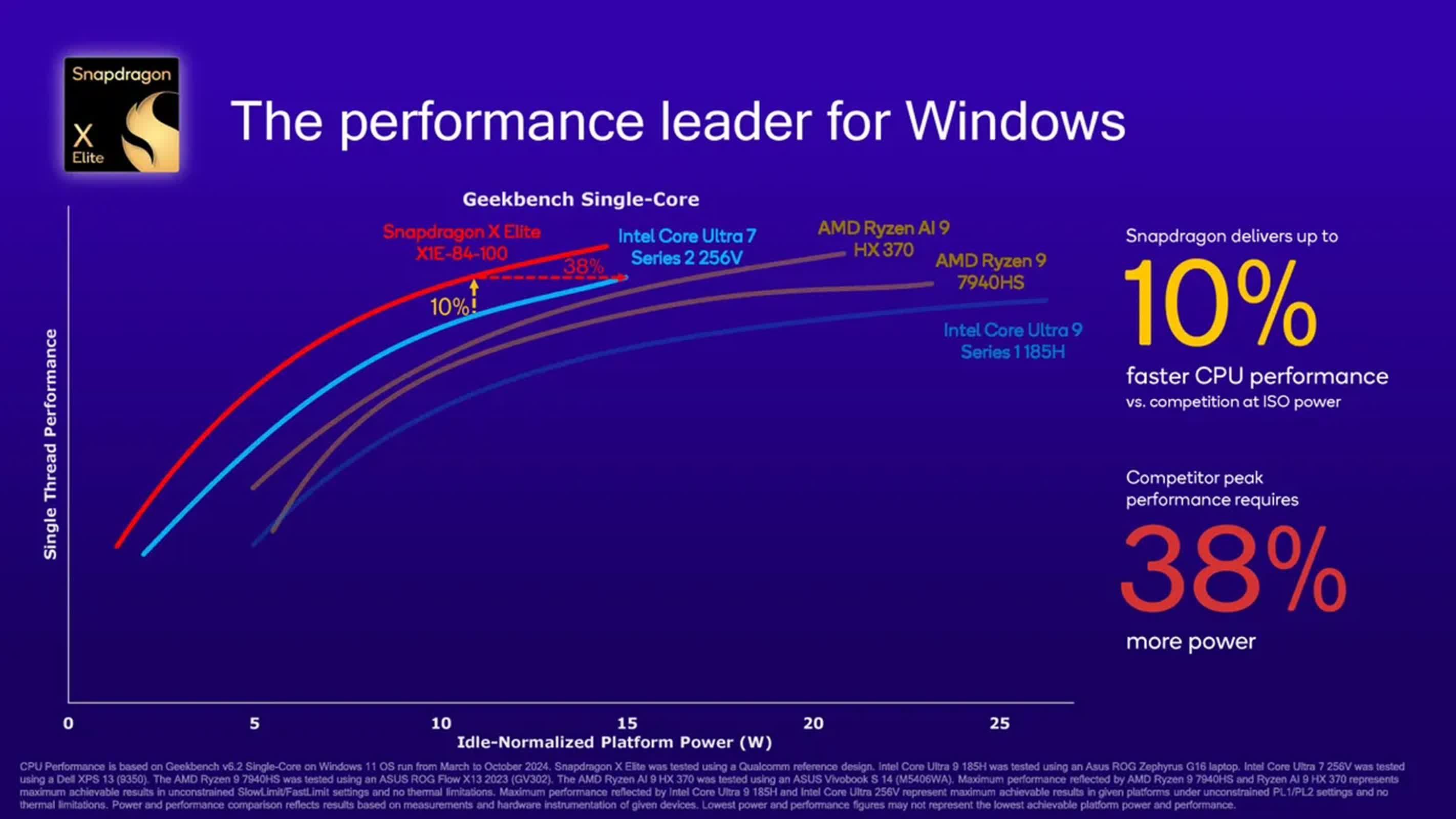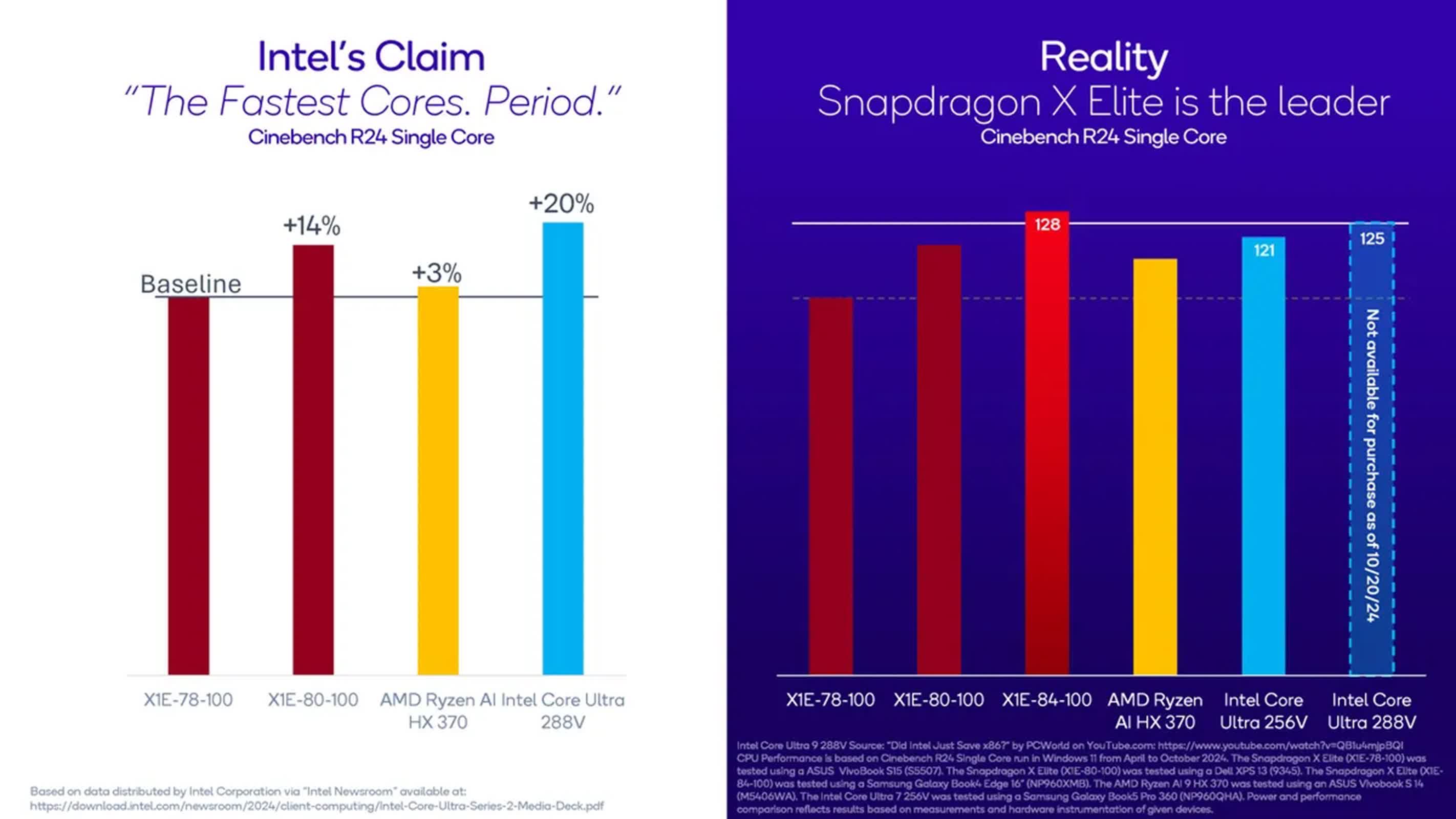Why it matters: As the mobile industry continues to evolve, the Snapdragon 8 Elite represents a major step forward in processing power and efficiency. Its impact on the next generation of smartphones and mobile devices will undoubtedly be significant, potentially reshaping user experiences and expectations.
Qualcomm has introduced the Snapdragon 8 Elite at its annual Snapdragon Summit, touting it as the world's fastest mobile CPU that delivers unprecedented performance and efficiency.
The chipset showcases Qualcomm's second-generation custom Oryon CPU, engineered to handle complex multimodal AI tasks. It boasts Oryon CPU Prime cores running at 4.32GHz, complemented by six performance cores reaching speeds of 3.53GHz. A 24MB L2 cache further enhances its processing power. The Hexagon NPU delivers 12 times the performance of its predecessor, while the Adreno GPU offers a threefold improvement in performance.
Qualcomm says it has optimized the Snapdragon 8 Elite for various use cases, particularly in gaming, AI processing, and photography.
For gaming enthusiasts, the chip promises smoother gameplay with higher framerates while extending gaming time by up to 2.5 hours, thanks to a 40 percent improvement in both battery efficiency and GPU performance.
In terms of AI processing, the new Qualcomm AI Engine leverages the Oryon CPU for latency-critical AI tasks, while the Hexagon NPU provides faster inferencing performance.
Photography enthusiasts will find the AI ISP works in tandem with the Hexagon NPU to enable real-time AI enhancements at 4K and 60 frames per second.
Several manufacturers and smartphone brands, including Asus, Honor, OnePlus, Samsung, and Xiaomi, are poised to launch devices powered by the Snapdragon 8 Elite in the coming weeks.
Qualcomm has compared the performance of the Snapdragon 8 Elite to its competitors, particularly Intel's latest offerings.
In Geekbench single-core tests, the Snapdragon X1E-84-100 outperformed Intel's Core Ultra 7 Series 2 256V by up to 10 percent, while consuming 38 percent less power.
Multi-core performance showed even more significant gains, with the X1E-84-100 being up to 52 percent faster than Intel's chip, while using less than half the power.
Qualcomm's benchmarks suggest that the Snapdragon 8 Elite maintains consistent performance whether plugged in or running on battery power. In the Procyon Office benchmark, Qualcomm claims 4.5 hours longer battery life compared to the Intel Core Ultra 7 256V1.
The Snapdragon 8 Elite also demonstrates strong thermal management. During NPU workloads, Qualcomm's chips ran up to 9 degrees Celsius cooler while plugged in and up to 7 degrees cooler on battery power compared to competitors.
The introduction of the Snapdragon 8 Elite signals a significant shift in the mobile processing landscape with its focus on AI capabilities, improved gaming performance, and enhanced power efficiency. However, challenges remain surrounding software compatibility and the availability of Arm-based applications.
For instance, many existing Windows applications are designed for x86 architecture, not Arm. Running these on Arm-based Snapdragon chips often requires emulation, impacting performance and functionality.
Also, some critical business and productivity applications may not be fully compatible or optimized for Arm processors. This includes certain Adobe Creative Cloud apps, AutoCAD, QuickBooks, and industry-specific software, as well as some antivirus programs and security tools.
Likewise, many PC games are not optimized for Arm architecture, leading to performance issues or outright incompatibility.



